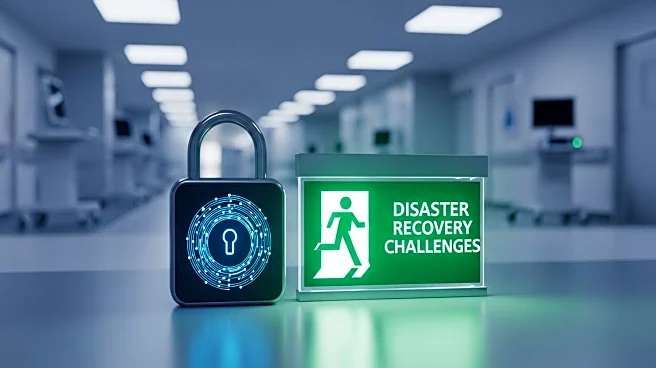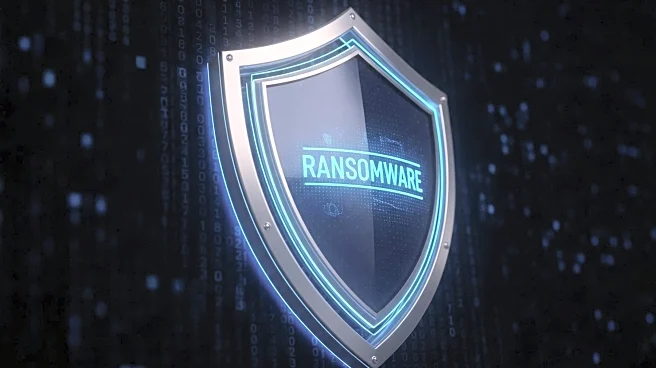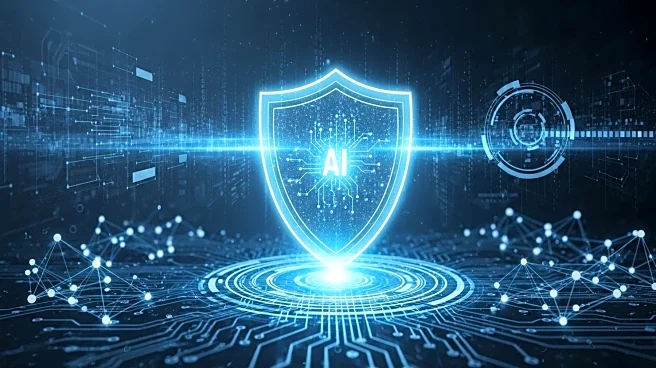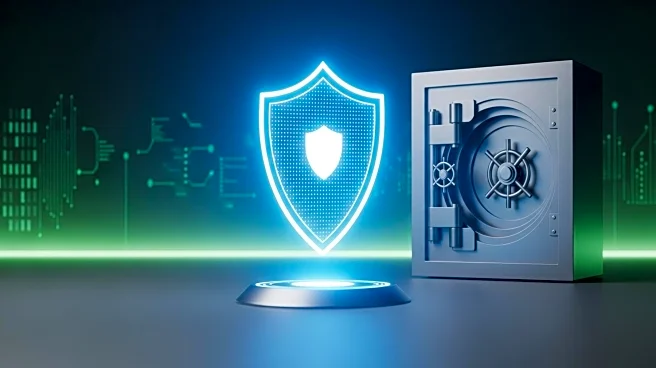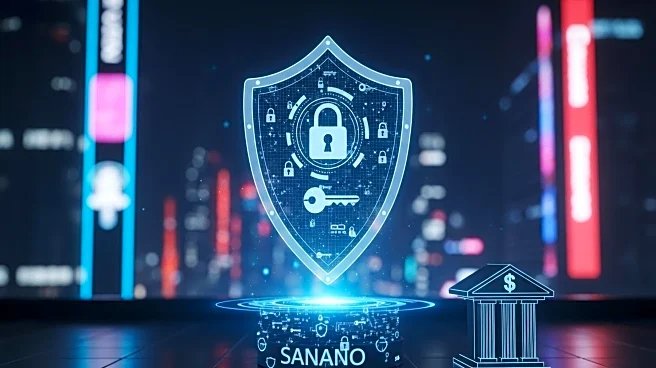What's Happening?
During the COVID-19 pandemic, the University of Vermont Health Network experienced a significant ransomware attack when an employee inadvertently exposed the system to malware. This incident highlighted the critical differences between cyber recovery and traditional disaster recovery. The attack led to 1,300 servers going offline within minutes, forcing IT leaders to reassess recovery strategies. Traditional disaster recovery plans focus on restoring systems from backups after physical or environmental incidents. However, cyber incidents require a different approach, often involving temporary systems and extended recovery periods. Lee Kim, a senior principal for cybersecurity and privacy at HIMSS, emphasized the intangible nature of cyber threats, which often go unnoticed until significant damage occurs.
Why It's Important?
The incident underscores the growing threat of ransomware attacks on healthcare systems, which can disrupt operations and compromise sensitive data. As healthcare organizations increasingly rely on digital infrastructure, the need for robust cybersecurity measures becomes paramount. The distinction between cyber and disaster recovery is crucial, as cyber incidents can have far-reaching consequences beyond immediate operational disruptions. Healthcare providers must invest in comprehensive cybersecurity strategies to protect patient data and ensure continuity of care. The broader impact includes potential financial losses, reputational damage, and regulatory challenges, making cybersecurity a top priority for health systems.
What's Next?
Healthcare organizations are likely to enhance their cybersecurity frameworks, focusing on proactive threat detection and response strategies. This may involve increased investment in cybersecurity training for employees, adoption of advanced security technologies, and collaboration with industry experts to develop resilient recovery plans. Stakeholders, including government agencies and healthcare associations, may push for stricter regulations and guidelines to safeguard health systems against cyber threats. The ongoing evolution of cyber threats will necessitate continuous adaptation and innovation in recovery strategies to mitigate risks effectively.
Beyond the Headlines
The incident raises ethical and legal questions about data privacy and the responsibility of healthcare providers to protect patient information. As cyber threats evolve, health systems must navigate complex legal landscapes to ensure compliance with data protection regulations. Additionally, the cultural shift towards remote work during the pandemic has introduced new vulnerabilities, prompting organizations to rethink security protocols and employee training. Long-term, the healthcare industry may witness a shift towards more integrated cybersecurity solutions that address both technological and human factors.
